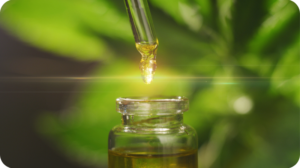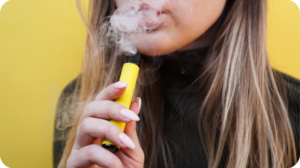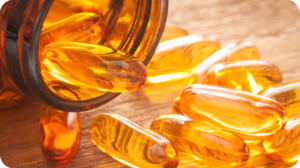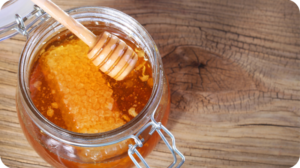Chances are you may have seen a movie or commercial in which athletes dunk themselves in deep tubs full of ice and water. That’s the most common type of cold water therapy, but the benefits aren’t limited to professional athletes. Anyone can use this particular form of what is known as cryotherapy, to improve circulation, reduce muscle soreness, and realize other wide-ranging health benefits.

It should come as no surprise that cold water therapy has been used as a medical treatment for a very long time; no matter the culture or location, it’s usually easy to find a frigid body of water and dunk one’s self in it.
The treatment is most commonly used to alleviate muscle soreness or joint pain. However, it also aids circulation and may increase disease resistance.
The mechanism by which cold water therapy works is basic biology. Water cools the body much quicker and more efficiently than air does. When you submerge most of your body in frigid water, the blood vessels quickly constrict, flooding organs with blood and, consequently, oxygen and nutrients. Once you get out of the water, the opposite happens. The blood vessels open back up, and blood rushes into muscles and tissues, clearing out built-up lactic acid and other contaminants. Not only does the process efficiently remove waste products that add to muscle soreness, it can also radically reduce the systemic inflammation that is linked to so many illnesses—from fibromyalgia to heart disease.
Repeated sessions of cold water immersion “work out” the body’s blood vessels and circulatory system, improving cardiopulmonary function just as doing push-ups or calisthenics improves muscle function.
Types of Cold Water Therapy
Cold water therapy usually involves water between 50°F to 59°F. To start with, limit immersion to five minutes, building up to fifteen over time. If you’re shivering uncontrollably, you’ve been in too long.
- Immersion. This is the most common type of cold water therapy, and the method used by medical professionals in a clinical setting. It’s always a good idea to try out the therapy with a qualified practitioner nearby, to monitor your condition and ensure you don’t overdo the therapy and risk hypothermia. Total immersion involves a deep tub with water that comes up to your chin.
- Alternating. Often called “contrasting water therapy,” this method involves alternating between immersion in cold water, then hot (usually around 103°F). This is a common treatment for sports injuries to a limb, such as a leg. The limb is immersed for about twice as long in the hot water as it spends in the cold. (Nordic countries have long embraced a similar health practice of ending a sauna session with a dunk in frigid water.)
- Natural Plunge. You don’t need a clinical setting to engage in immersion therapy. A lake or even an unheated swimming pool can provide the opportunity for complete cold water immersion. However, unless you have experience using the therapy, never attempt cold water immersion while you are alone, for safety reasons. Hypothermia can set in surprisingly quickly, and can affect the motor function you would need to remove yourself from the cold water.
- Wim Hof Method. This version of cold water therapy is named after its founder, Dutch athlete Wim Hof. This is a more involved method in which cold water immersion is only one component. Many proponents have found Wim Hof therapy transformative, and you can learn more in the bestselling book of the same name.
Cold water therapy is not for everyone. Some people find the experience—even for a very short duration—extremely unpleasant. However, for those who can tolerate it, cold water immersion offers a wide range of benefits proven effective by a wealth of research.
Always consult a physician before attempting cold water therapy. The method is contraindicated in the presence of several pre-existing health conditions, including cardiovascular disease, pregnant women, certain autoimmune disorders and other chronic illnesses.





